
Our Blog
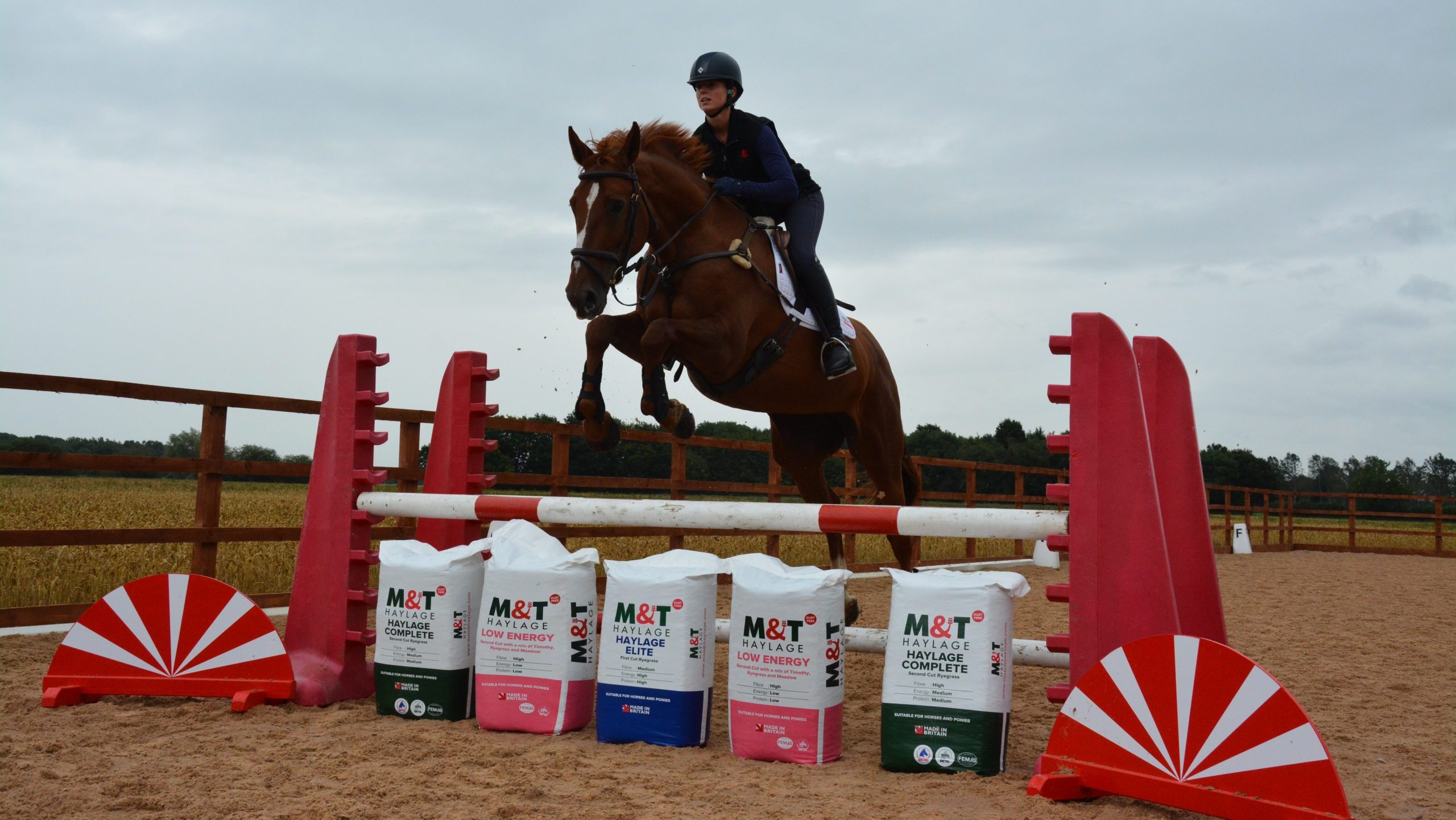
December 7, 2020
Premium Horse Forage: Ask The Nutritionist
In this blog, we will be answering some of our most frequently asked questions, with our nutritionist Briony. It's extremely important to know what to feed your horses, and how much you should feed - and with our expert team here at M&T Haylage, we've got you covered.
Will Haylage Send My Horse Fizzy?
While haylage is typically lower in sugar in comparison to hay, making sugar itself unlikely to be the cause of fizzy behaviour, an early cut haylage will be more digestible and therefore provide more nutrients and digestible energy (calories) in comparison to most hays. However, the type of energy provided by haylage is ‘slow release’ and therefore less often associated with fizzy behaviour. As haylage provides a good level of digestible nutrients we often recommend that this can reduce your reliance on concentrate feeds – reducing ‘bucket feed’ when feeding haylage and thereby often reducing starch intake can help to reduce the likelihood of fizzy behaviour. If you are having difficulty getting to the bottom of fizzy behaviour or would like advice before changing to haylage, contact our nutritionist for a full diet review. Also, remember we also have later cut haylage available such as Low Energy Haylage which offers a lower energy option.
True or False: Haylage Is Full Of Sugar
A common misconception is that haylage is more palatable and sweet-smelling due to being higher in sugar. This is in fact incorrect. Haylage is typically lower in sugar in comparison to hay, the reason being that during the ensiling process (post baling when haylage is wrapped and left to ferment), the bacteria that facilitates fermentation utilises sugars within the haylage converting them to lactic acid and volatile fatty acids making the end product of haylage lower in sugars. It is important to note, that while typically lower in sugar, as haylage is usually cut when the grass is less mature, it tends to be more digestible and therefore higher in energy than hay and therefore horses tend to do well on it. However, later cut or high fibre varieties of haylage are also available such as Low Energy Haylage offering a lower energy/calorie alternative.
Should I Feed Haylage and Hard Feed To My Horses?
As haylage provides a good level of digestible energy and nutrients we recommend that this can reduce your reliance on concentrate feeds – often meaning that when changing to haylage the amount of hard feed fed can be reduced. This can be of great benefit to those with sharp or fizzy horses or horses with clinical issues looking to source less energy/calories from starch (cereals and concentrate feed) and more from slow-release sources such as fibre.
Be mindful when reducing the hard feed ration to still ensure your horses is receiving a balanced diet – if you have any concerns, please feel free to contact our nutritionist.
Should I Change My Feeding Routine In Winter?
During the winter months, depending on your horse’s routine and workload, his nutritional requirements may also change.
For those who are stabled over the winter months with reduced grazing, nutritional requirements may drop (unless workload is increased), where this change in requirements is not reflected in the diet, this can commonly lead to excess energy/calories presenting in either unwanted behaviour or weight gain. If this is the case, you might want to take a step down from your current forage onto a slightly lower energy/calorie forage. See our product guide for details.
Another factor to consider during the winter months is the reduced activity (often due to limited turnout and fewer riding opportunities) and how this might impact the horse’s digestive tract. We also know that during the colder months our horses tend to drink less. Both of these factors can pose risk to gut function. Forage choice can be instrumental in mediating this risk. Haylage having a high moisture content can help to increase water intake and keep the gut moving.
How Should I Introduce M&T Haylage To My Horse’s Diet?
Any changes to the diet should be made gradually but we know as forage represents such a large proportion of the diet, that any changes in this part of the ration should be even more considered than changes to the bucket feed. We recommend introducing the product over a 2-4-week period. Longer for those with any history of digestive issues (colic) and for those where the new product will be their sole forage source.
It is recommended that initially the new product is mixed in with the current forage and over a period of 2-4 weeks the quantity of the new product is increased, and the original forage decreased. Keep an eye on your horse’s manure during the changeover, any significant difference in consistency or smell may indicate that the gut is struggling, if this is the case continue to increase but at a slower pace.
I Have Just Changed To Haylage and My Horse Appears To Be Eating Too Much?
Depending on what forage you have changed from, it is quite common for horses to find haylage, in particular, a very palatable option, and so you might notice them tucking in more eagerly and perhaps eating more!
Firstly, remember that if you are changing from hay to haylage, it is likely that you will need to feed slightly more in order to ensure your horses appetite for dry matter is met (refer to question 'Do I need to feed less haylage than hay?’), as such he may need to eat slightly more. Secondly, it is great that you are monitoring his intake, continue to do so and typically your horse will self-regulate his intake within a couple of weeks. In the meantime, you can employ methods to slow their eating.
If you are still concerned he is eating too much, please get in touch and our nutritionist would be happy to advise.
I Have Tried To Feed My Horse Haylage Previously and They Developed Very Loose Droppings - Is This Normal?
There are a number of reasons why this might have happened, firstly, if the transition from your old forage to new forage was too quick. In order to digest fibre, the horse relies on a population of microbes in the hindgut which do not like change. Subsequently, changes to the diet should be made gradually over a 2-4-week period, if possible. If your horse has a sensitive digestive system or has shown symptoms of digestive disruption (like loose droppings) post-diet changes previously, a longer transitional period is recommended. Initially, the new product should be mixed in with the current forage and over a period of 2-4 weeks the quantity of the new product should be increased, and the original forage decreased. Keep an eye on your horse’s manure during the changeover, any significant difference in the consistency or smell may indicate that the gut is struggling, if this is the case continue to increase but at a slower pace.
Another factor that may have contributed to loose droppings is where haylage is underfed. As haylage is higher in moisture compared to hay, more needs to be fed in order to meet minimum fibre requirements. If minimum fibre requirements are not met, this can cause loose droppings. On the packaging of M&T haylage products, minimum feeding rates based on moisture content are stated to help ensure requirements for nutrients (crucially fibre) are met.
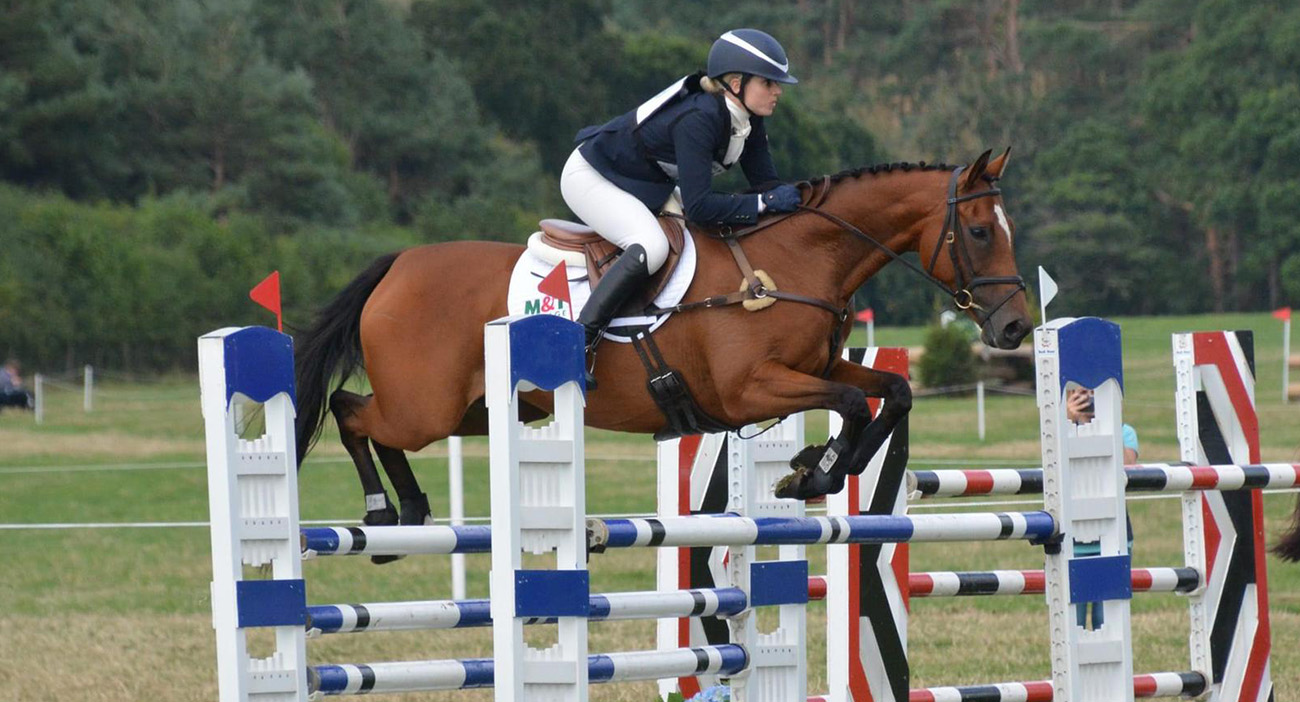
April 4, 2024
Eat, Sleep, Compete, Repeat
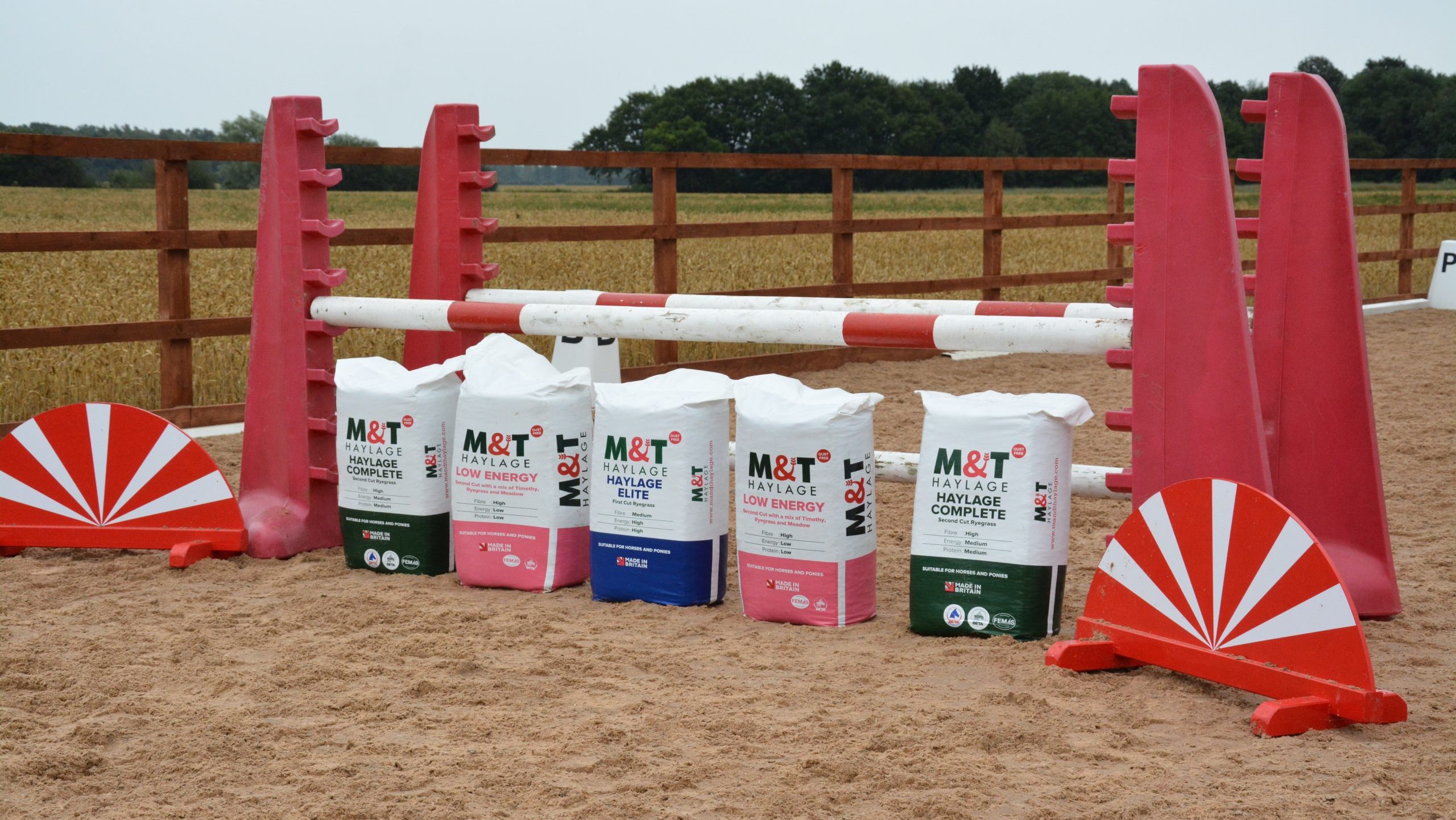
March 8, 2024
Top Tips For Managing Forage On The Go: Part Two

March 8, 2024
Consistency Is Key for Horses
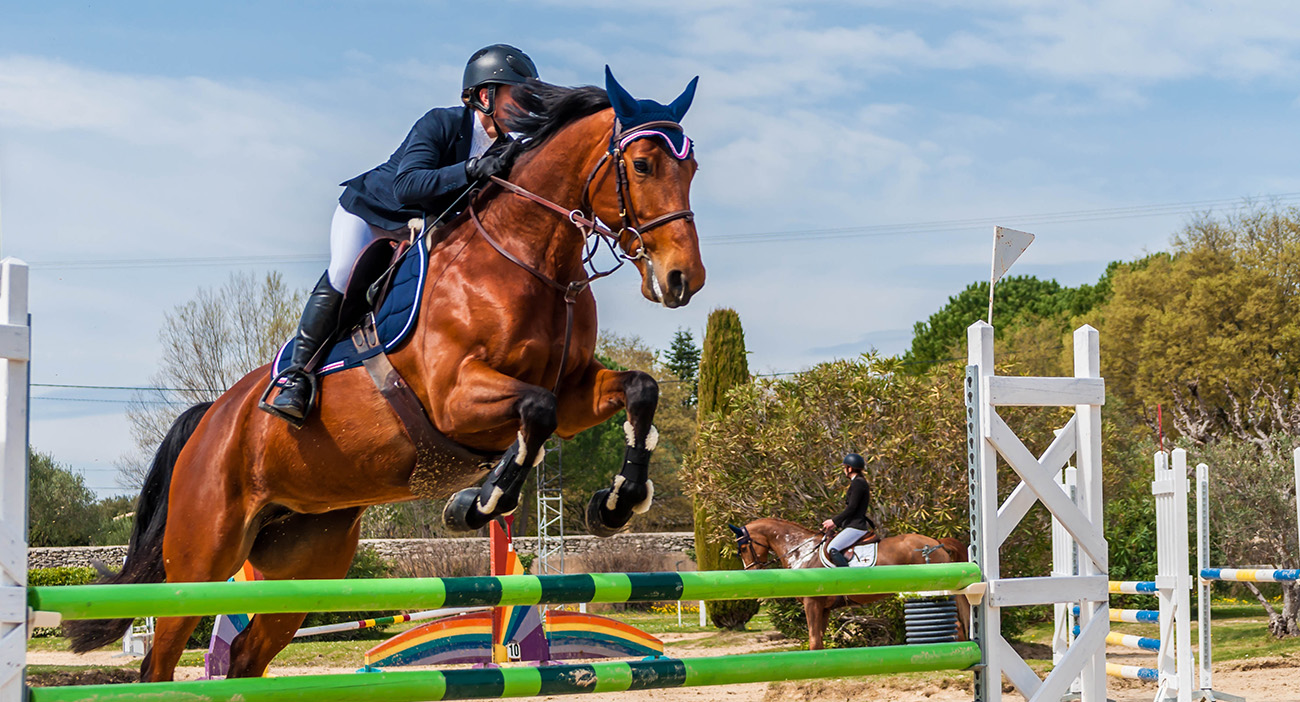
February 19, 2024
Don’t Underestimate The Value of Preparation
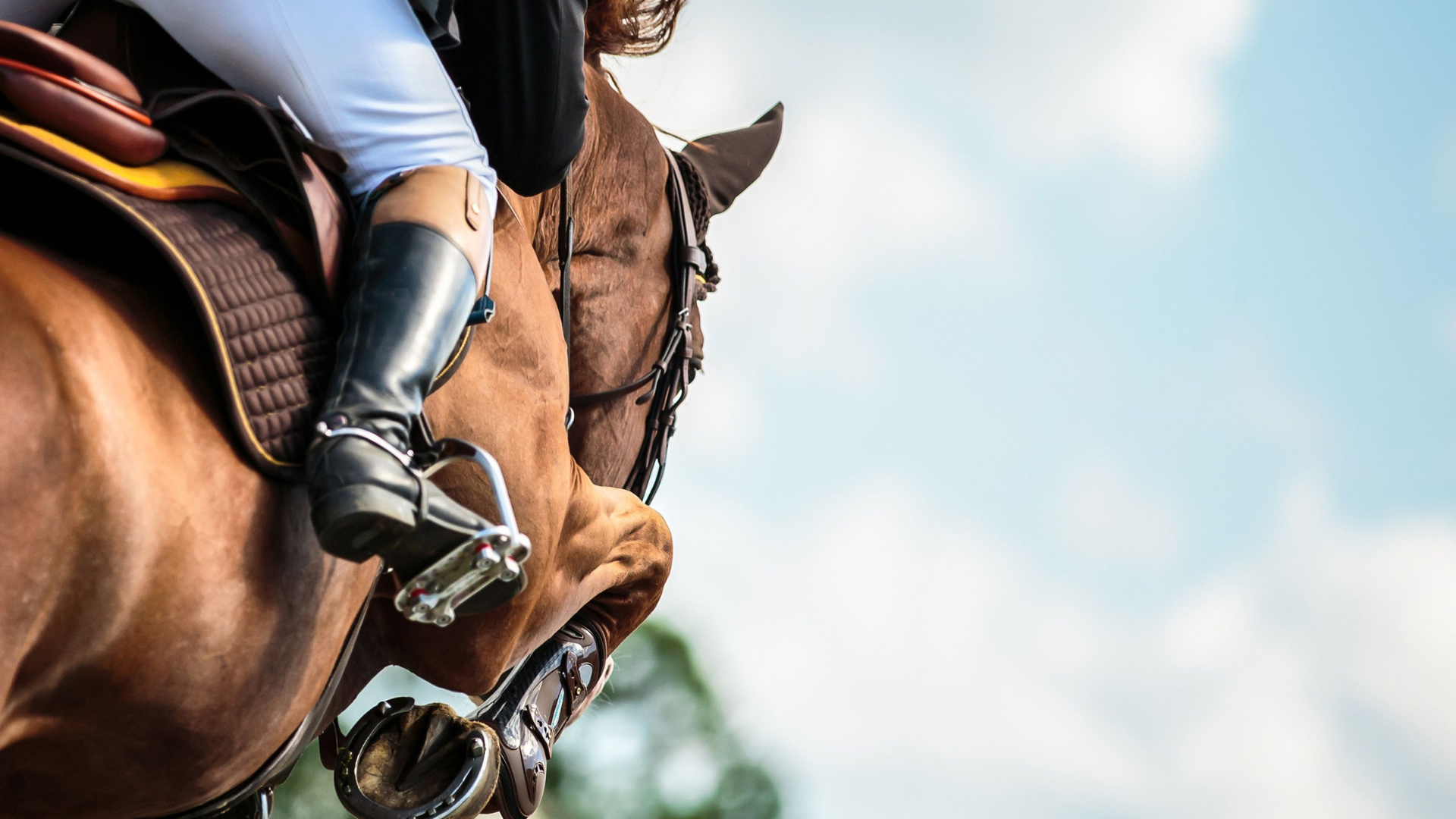
February 6, 2024
Know Your Horse Inside Out
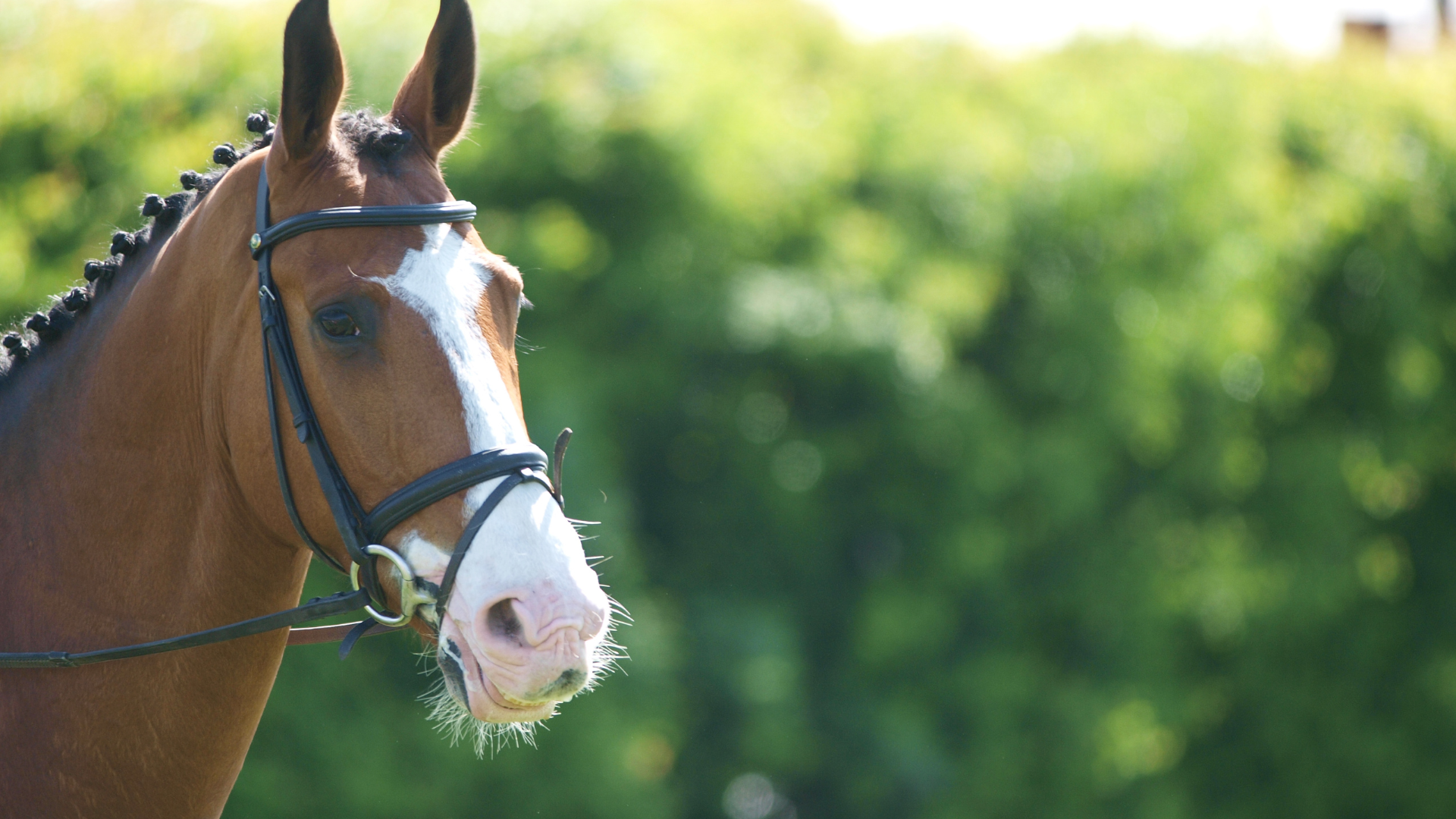
December 11, 2023
How To Get The Most Out Of Your Horse Forage During Winter

November 7, 2023
Which Hay Shall I Feed My Horse or Pony?
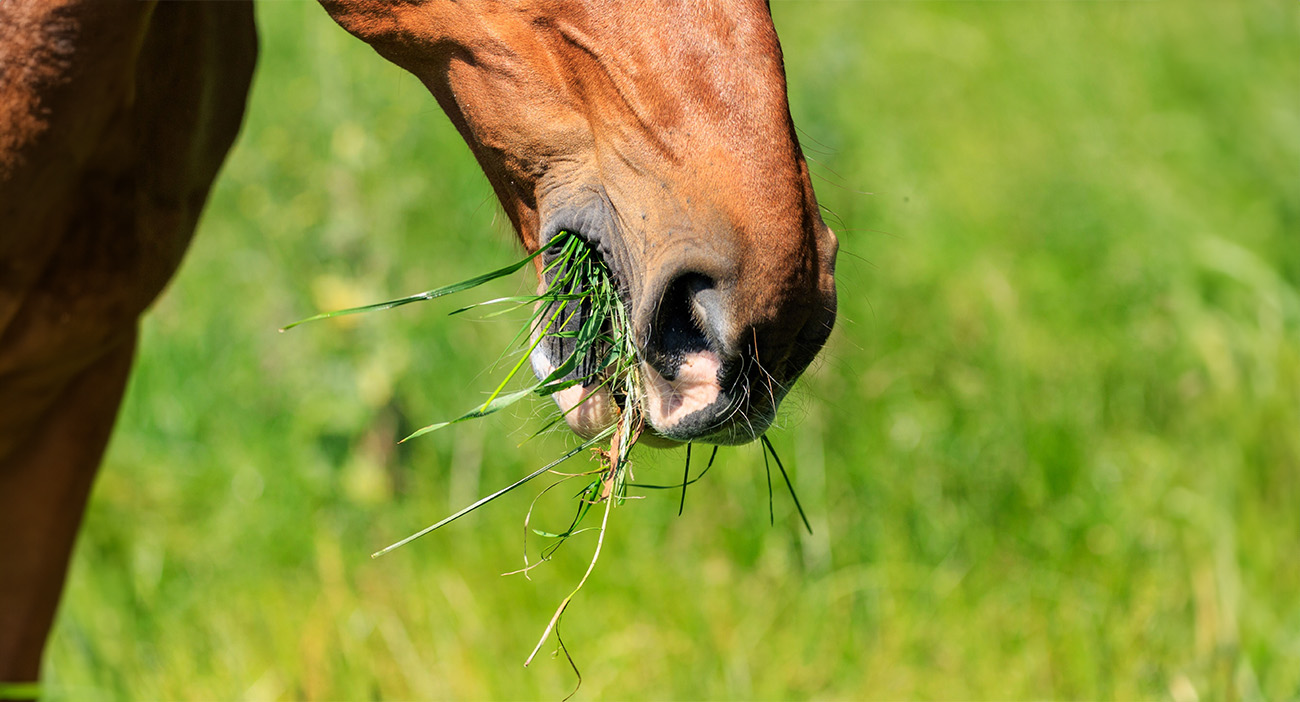
September 14, 2023
Hay Exportation – Why Choose British Hay?

April 24, 2023
Changing Your Horses Diet From Winter to Spring
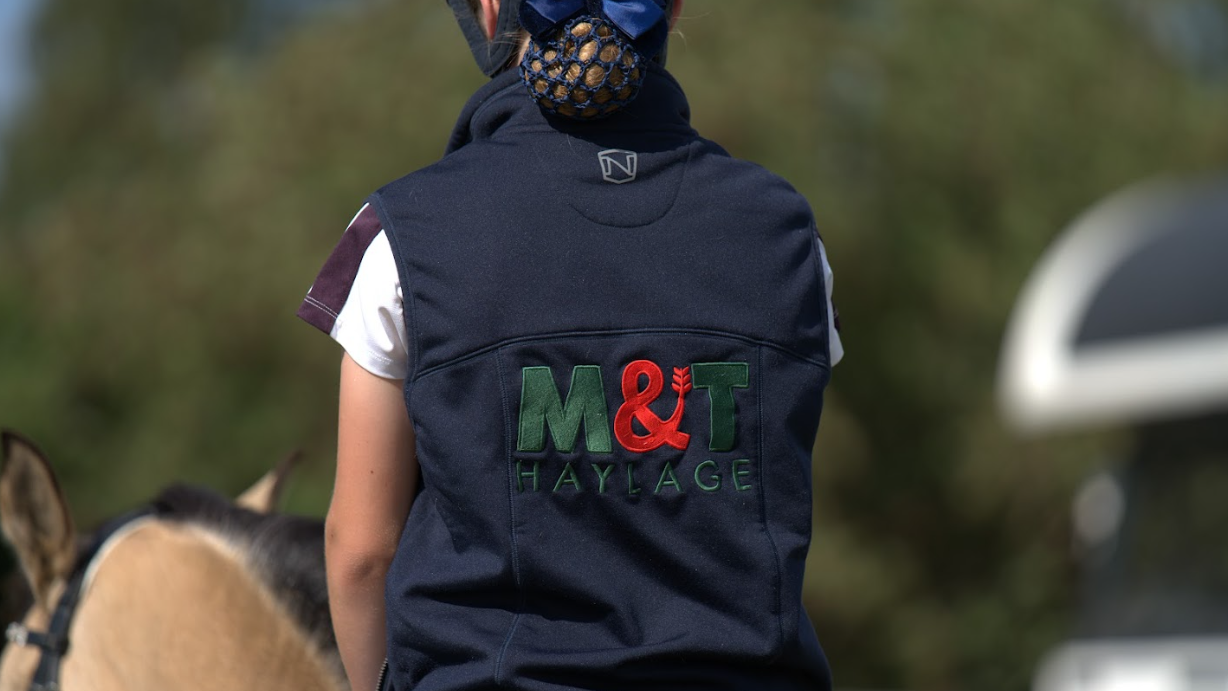
March 3, 2023
Hay vs Haylage: Which Is The Right Option For Your Horse?
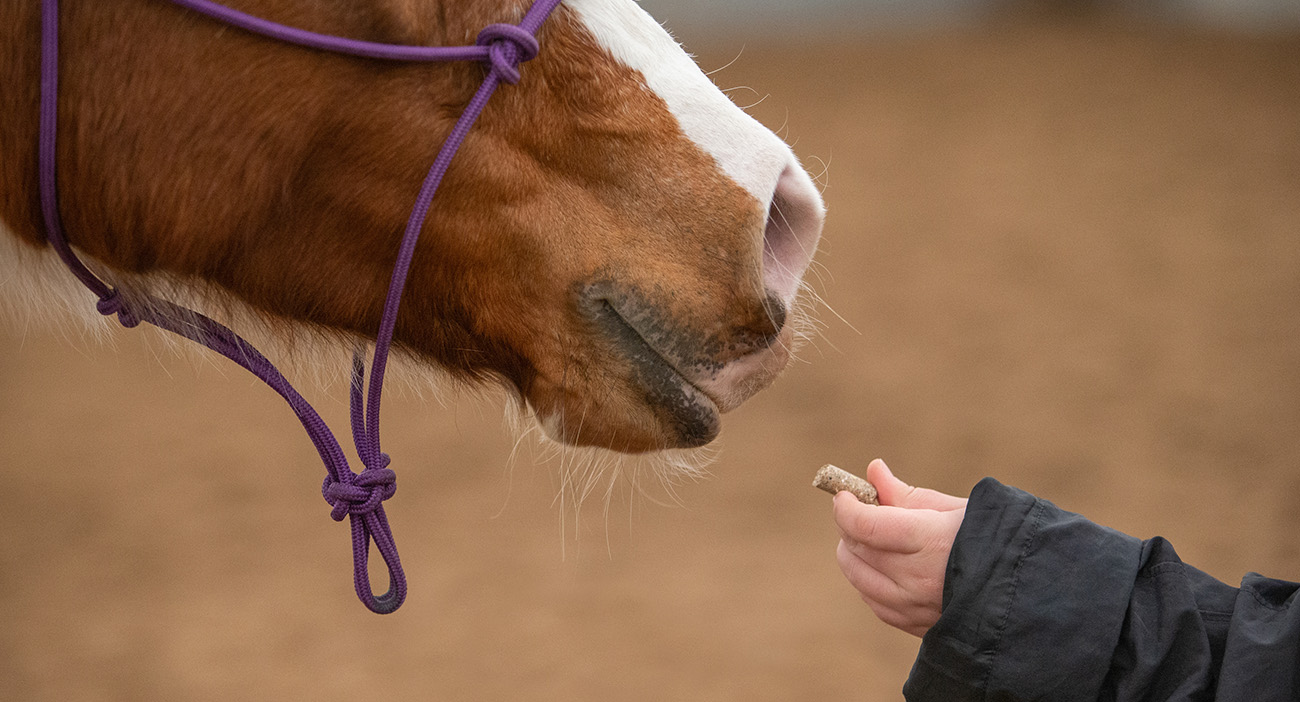
January 13, 2023
How To Bring A Horse Back Into Work After A Break
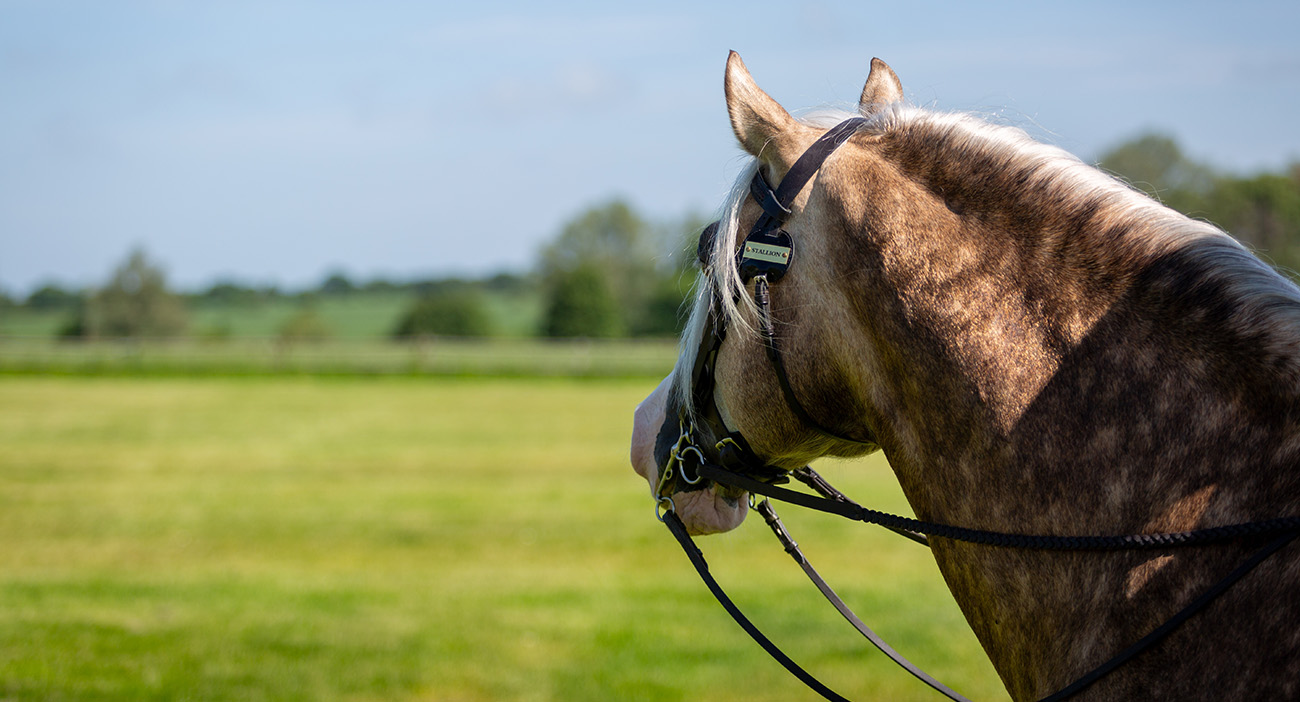
November 23, 2022
How To Body Condition Score Your Horse
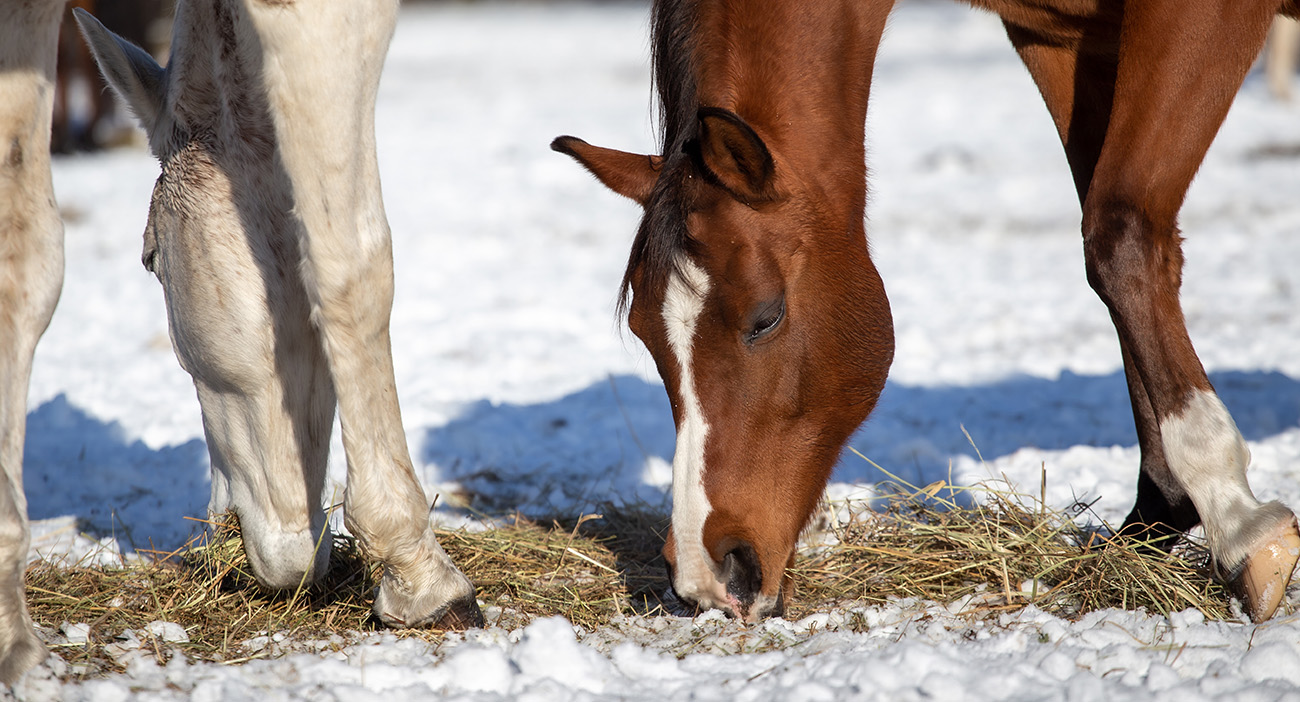
November 7, 2022
Winter Feeding Tips For Horse Owners
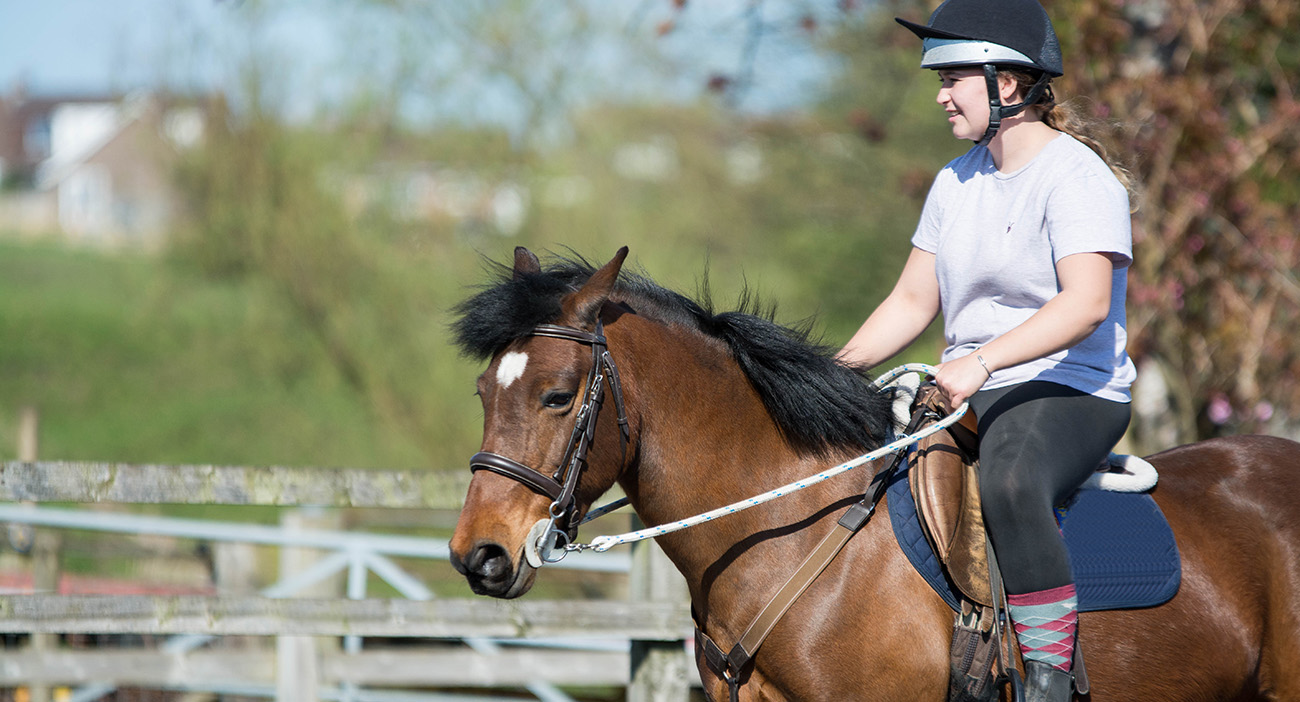
October 20, 2022
Money Saving Tips For Horse Owners
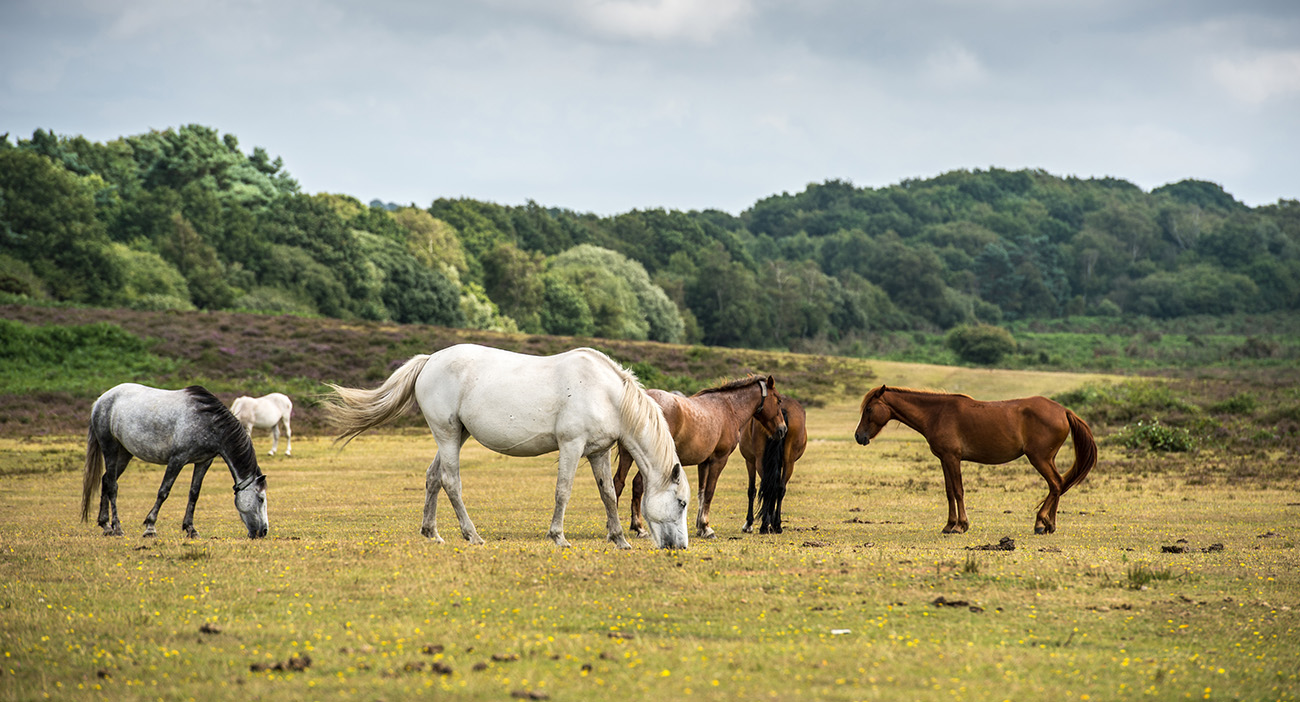
October 3, 2022
8 Ways To Keep Your Horse Entertained

September 30, 2022
Equestrian Question and Answer Session: Sophie Platt
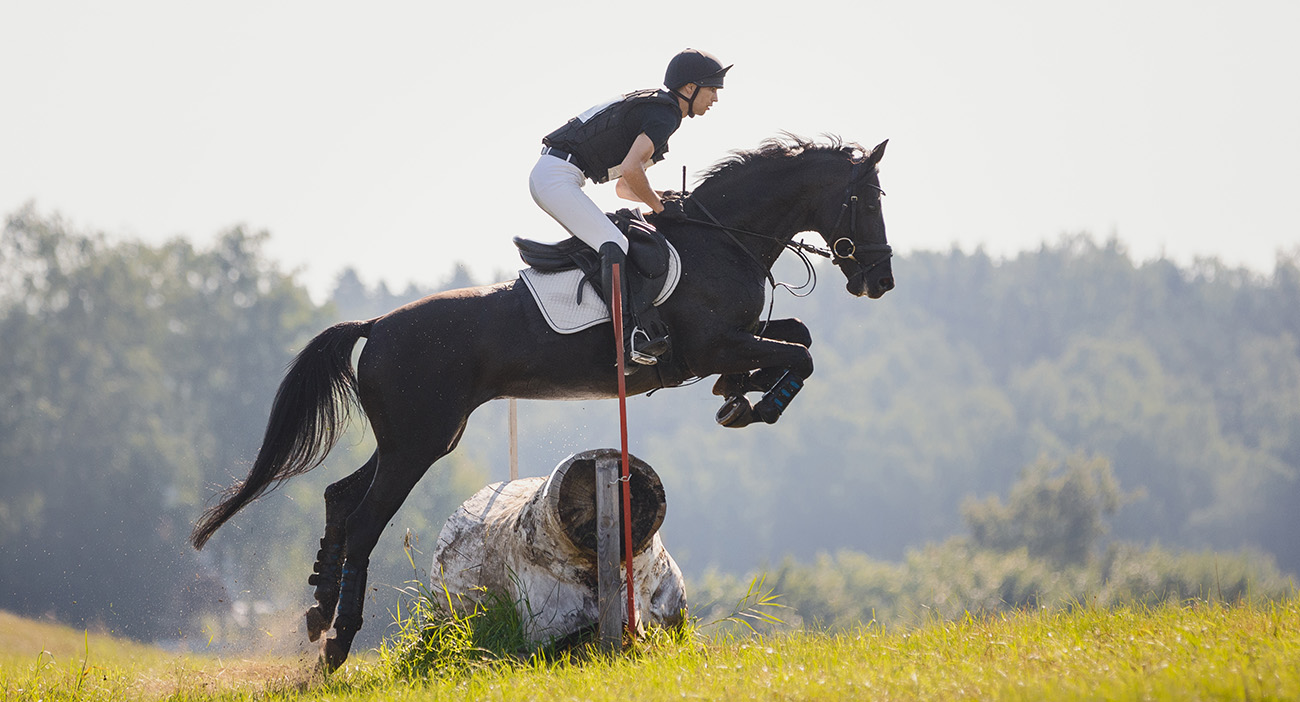
August 25, 2022
Preparing Your Horse For Competition
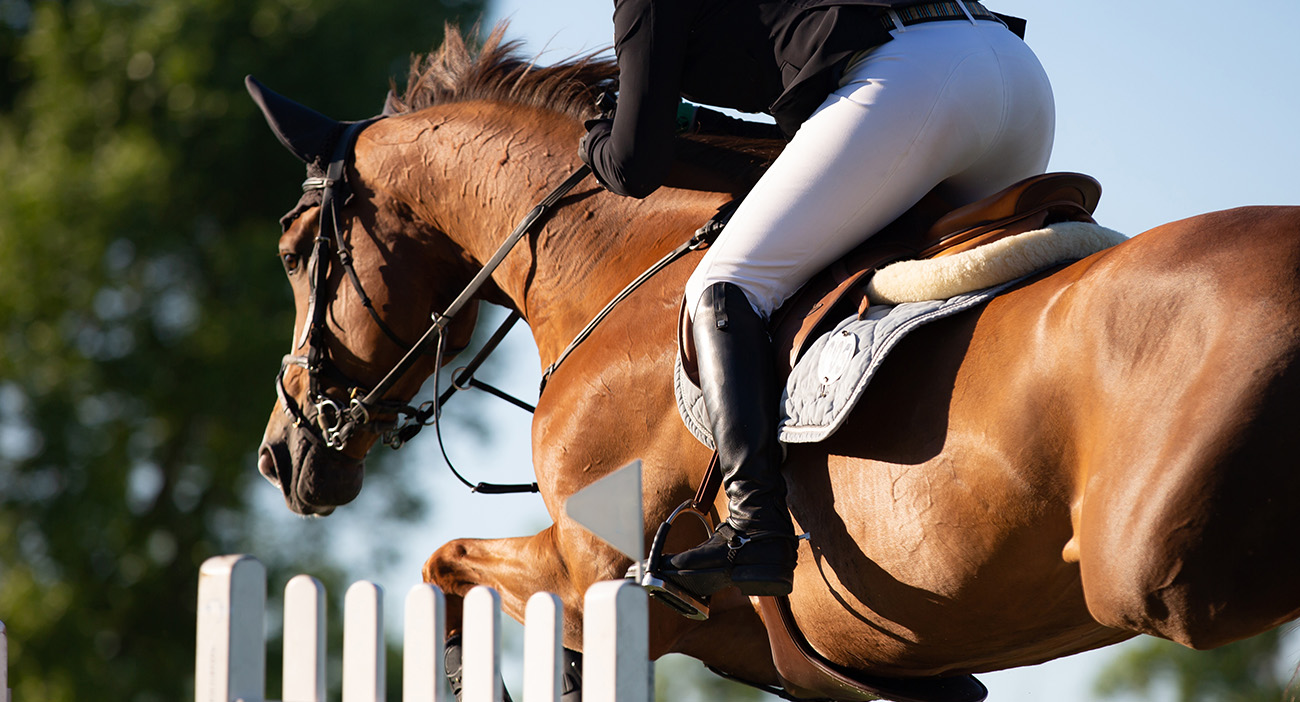
July 28, 2022
What Is Normal For My Horse?
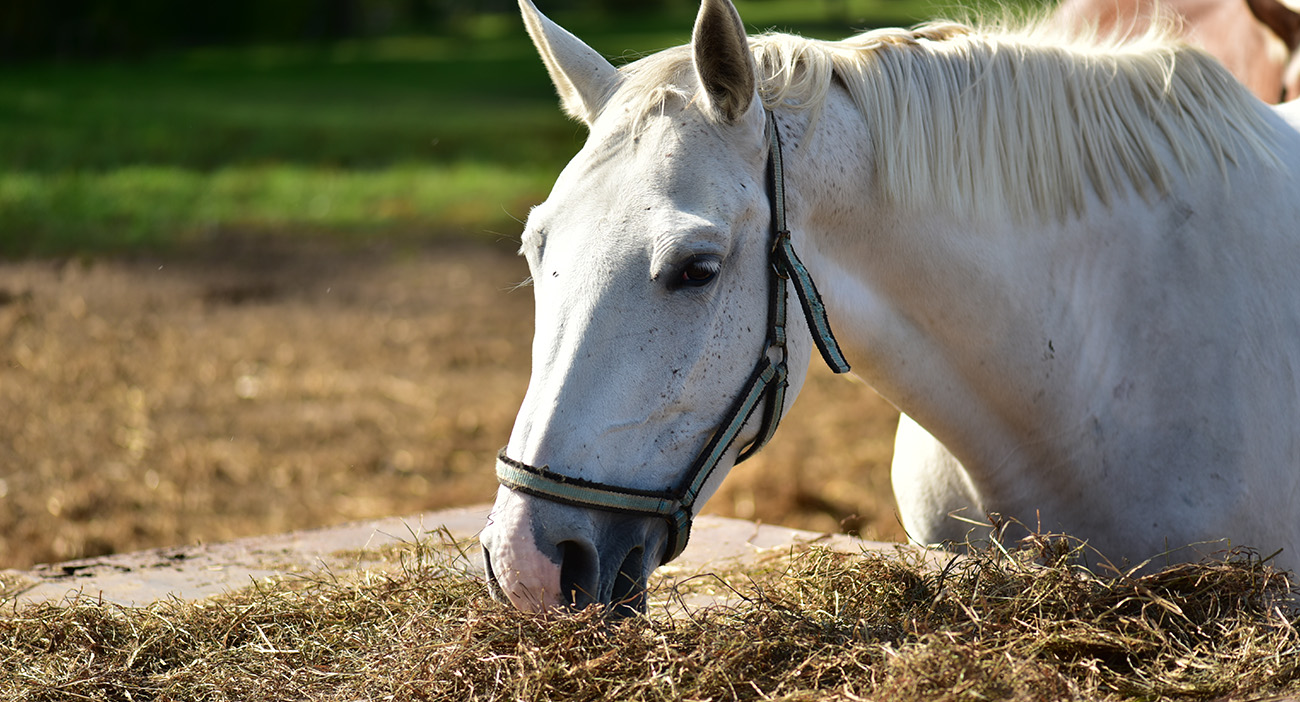
June 30, 2022
Compeition Horses: Managing Forage and Water Intake
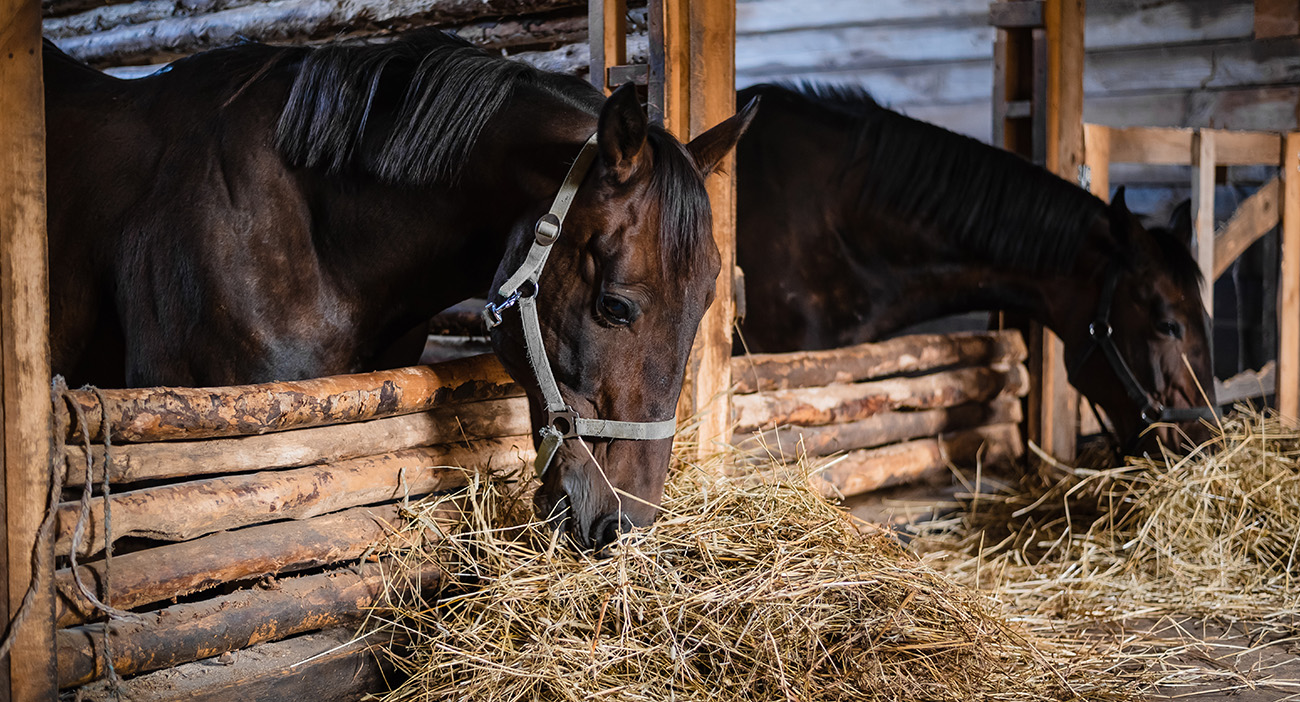
October 1, 2021
How To Feed EMS Horses: Nutritionist Top Tips For Horses
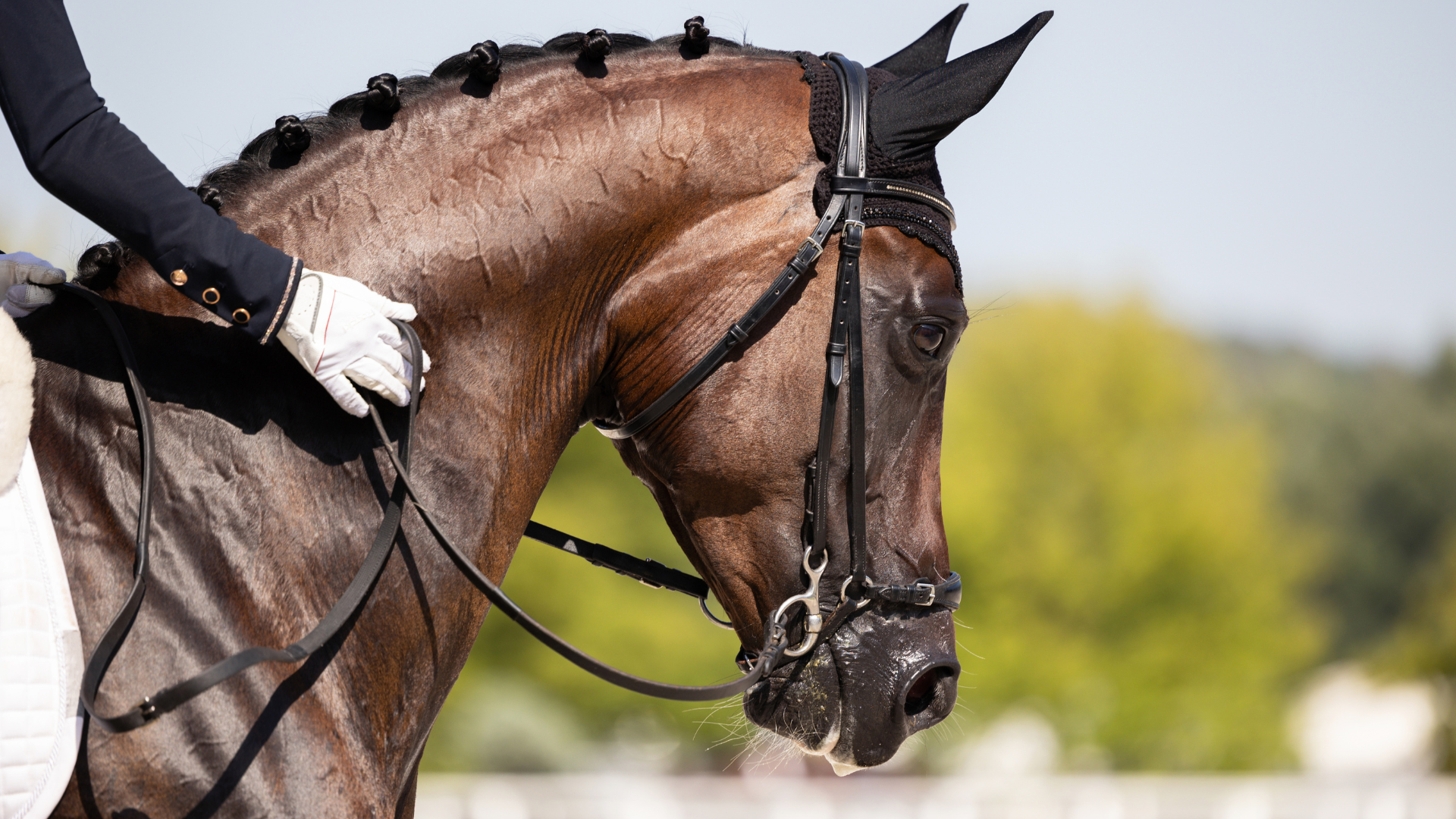
September 22, 2021
Feeding The Equine Athlete
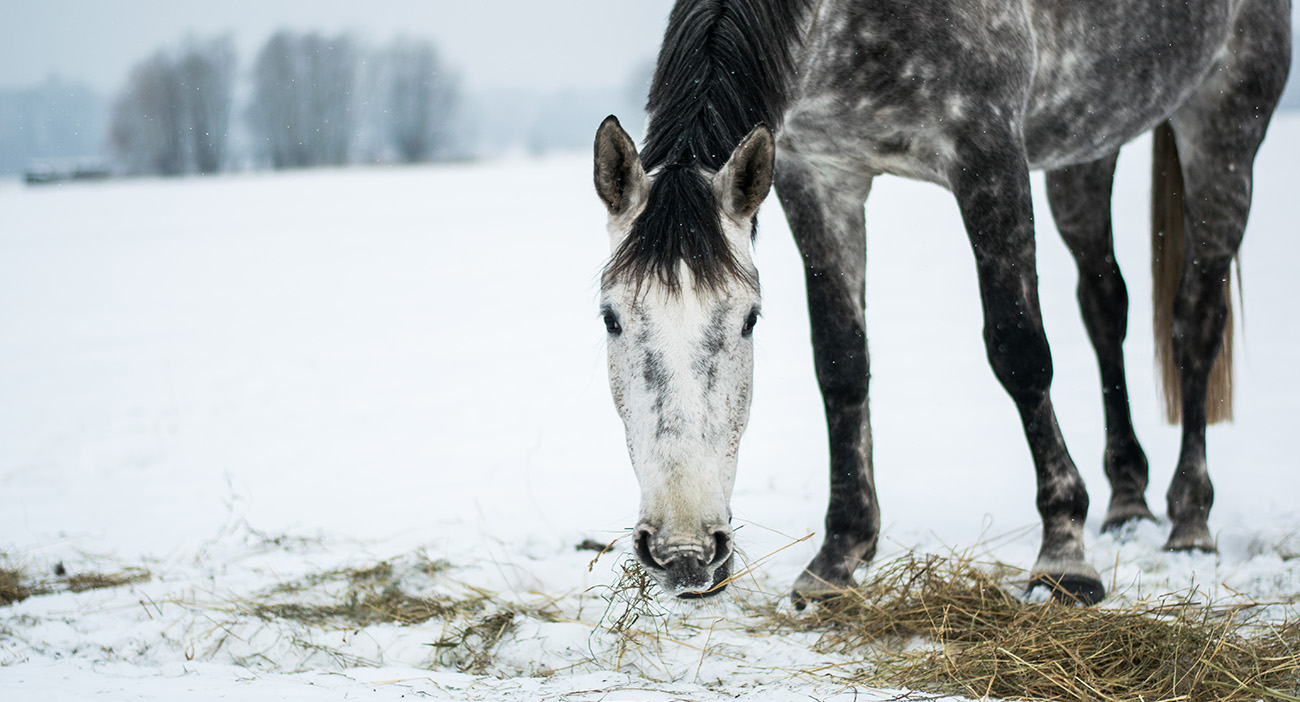
September 7, 2021
How To Feed Your Horse Indoors This Winter

December 7, 2020
Premium Horse Forage: Ask The Nutritionist
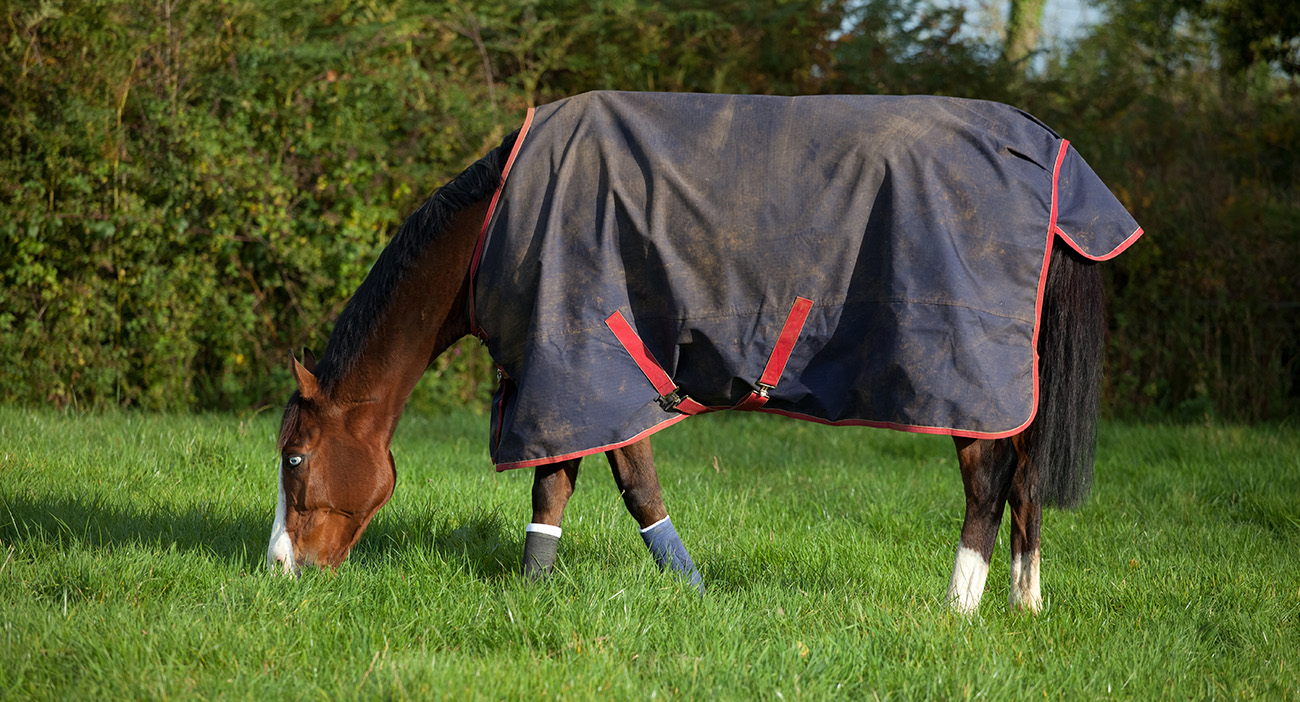
July 9, 2020
Top Tips For Managing Forage For Horses On The Go: Part One
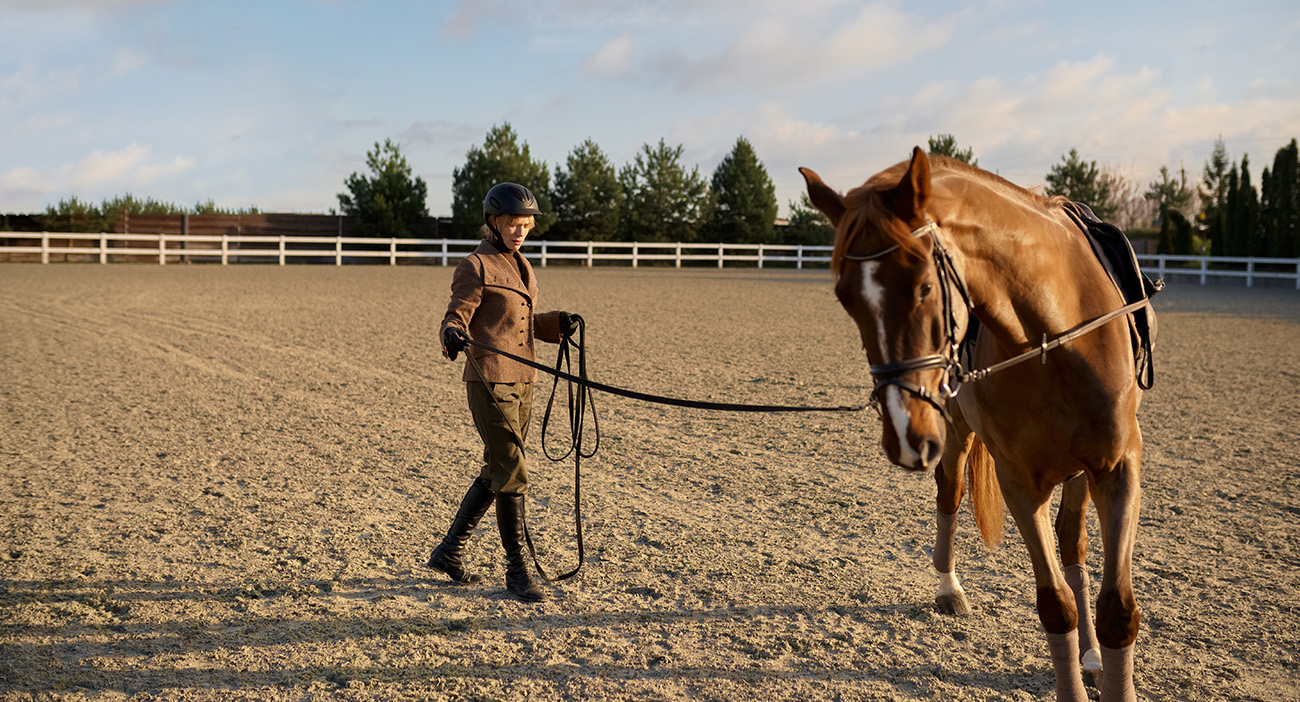
January 16, 2020
Haylage Myth Buster: Nutritionist Top Tips for Horses





